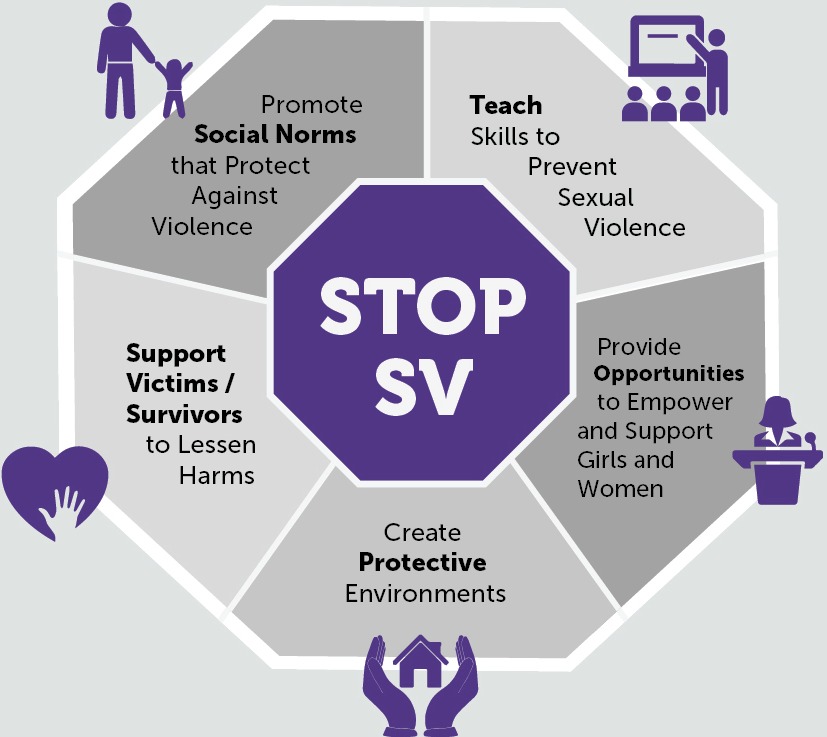Twenty percent of the population will experience sexual violence during their lifetimes, according to the Centers for Disease Control. Covering those crimes requires nuanced reporting, respect for sexual assault survivors and concern for one’s own mental wellness.
Here are three tips from Poynter’s News University on the proper way to approach stories about sexual violence:
Allow for time
Some sexual assault survivors may not be prepared to talk about it right away. Others may be willing to discuss it soon after. Reporters should respect each survivor’s coping style and give them time to process the incident. Remember: sexual violence can also affect entire families, loved ones, coworkers, communities, institutions, workplaces and schools.
Take care of yourself
Covering sexual violence can also affect you. Journalists who report on this topic should take care of themselves and recognize the effects that these stories might have on them. It may help to remember that, by reporting on sexual violence, you can have a positive impact not only on a survivor’s life, but on a larger community as well.
Use data
Journalists can use data to put sexual violence into context and show that it’s a pervasive problem. This can be as simple as pointing out that 80 to 90 percent of childhood sexual assault survivors report being victimized by people they knew.
Journalism about sexual violence that showcases these best practices will be recognized at the Rally Awards on Tuesday, May 9 at the Kaiser Family Foundation in Washington, D.C. New York Times David Carr Fellow Amanda Hess will deliver the keynote speech at the Raliance Media Summit, which is being organized by Poynter and Raliance, a coalition of sexual violence prevention organizations. Journalists are invited to attend. The event is sponsored by the Glover Park Group and the National Football League.






